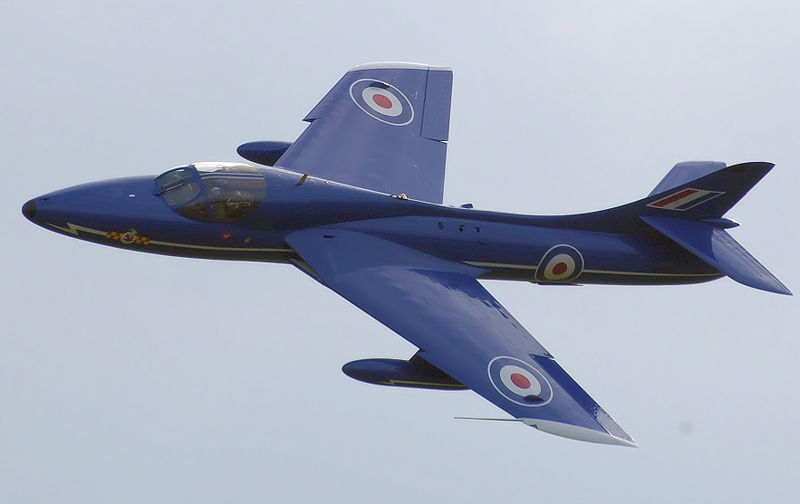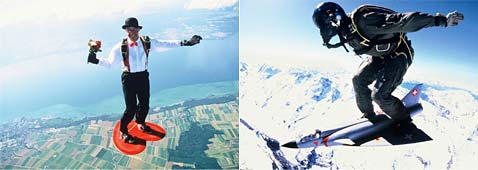Jet man: rocket man

If I were told about the fact that this is possible, I would not have believed it.
But today I visited the popular science site for the first time and found news about 9 circles around Mount Fuji, and then - that the first flight was made on June 24, 2004.
Watching the video, I got the impression that this technology is 20 years old and it is obvious and accessible to everyone, but I alone am not in the subject.
Person

')
I read his biography and I understand that he is a daredevil.
What happened with him in the army history is silent, but after the Air Force, he moved from here these pieces


on these:

Rocket

German company SPELCO GbR with a modest website rivets
TTX
Wingspan 2 meters
Weight with fuel 55 kg
Weight without fuel 30kg
Type 4 Jet-Cat P200 engines with 22 kilograms of thrust each, automatic start (25 seconds delay)
Fuel type mixture of kerosene and oil
Fuel indicator 30 L.
Speed
- Average 200 km / h
- 180 km / h on takeoff
- On the descent of 300 km / h
Lifting 330 m / min
Flight time 10 minutes
Security
Parachutes de France "Legend R" parachute
Zapaska PD Spectra 230
Suspension system Detaching system with engine stop function and automatic opening of a reserve parachute for the wing
Takeoff and landing
The device does not provide for take-off from the ground - it rises to the required height for a start on an airplane, helicopter or balloon.
Parachute is used for landing.

Management and maneuverability
The control is carried out by shifting the center of mass, but the wing is rigidly fixed on the back, and the pilot controls the flight, only by moving his arms, legs and head.
Maneuverability is sufficient to perform aerobatics of varying complexity.
A loop
a couple more videos:
Flight through the Alps with excursion
9 times around Fuji
oficial site - www.jetman.com
PS

PPP
TED Talk
www.ted.com/talks/yves_rossy_fly_with_the_jetman.html
Source: https://habr.com/ru/post/204054/
All Articles